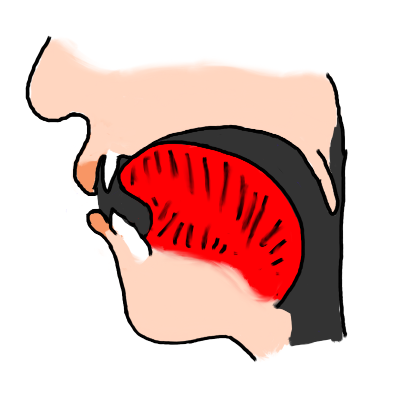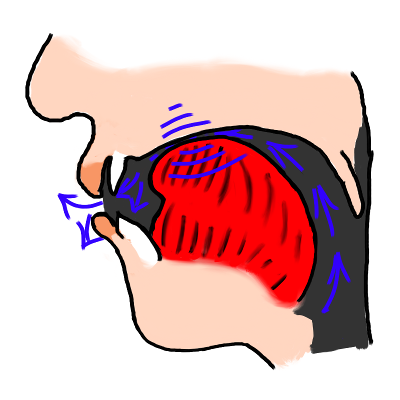How to pronounce chemise
Do you find the information below useful? If you do, you can get guides like it for 1,000+ French words by downloading this app for your iPhone or iPad.
| l |  | The French 'l' is similar to the 'l' in English "with Lee". The tongue tip usually touches the back of the upper teeth. It is also a so-called "clear" l: in other words, you don't raise the back of your tongue as you pronounce the French 'l', as occurs in some cases in English. | |
| a |  | The French 'a' vowel is pronounced with the tongue far forward in the mouth and the mouth quite wide open, but not quite as open as for a typical English 'a' vowel. | |
| ʃ |  | This sound is very similar to the English 'sh' sound as in "she". In French, it is commonly written "ch". Some English speakers tend to round their lips when pronouncing this sound. If you do, then try not to round your lips while producing the sound in French! | |
| m |  | The French 'm' sound is pronounced in a similar way to English 'm'. Just remember that the letter "m" at the end of a word or before another consonant doesn't represent an 'm' sound as such in French, but rather that the previous vowel is nasalized. | |
| i |  | The French 'i' vowel is pronounced with the tongue almost as far forward and close to the roof of the mouth as it will go and with the lips spread. Aim to "tense" your lips for a moment as you pronounce it. | |
| z |  | The French 'z' sound is pronounced in a similar way to English 'z', by bringing the front part of the tongue very close to the ridge behind the teeth, causing friction as the air escapes, and with the vocal cords vibrating. A very subtle difference is that many English speakers use the very tip of the tongue, whereas in French it is common to use the part of the tongue just behind the tip (called the "blade" of the tongue). |